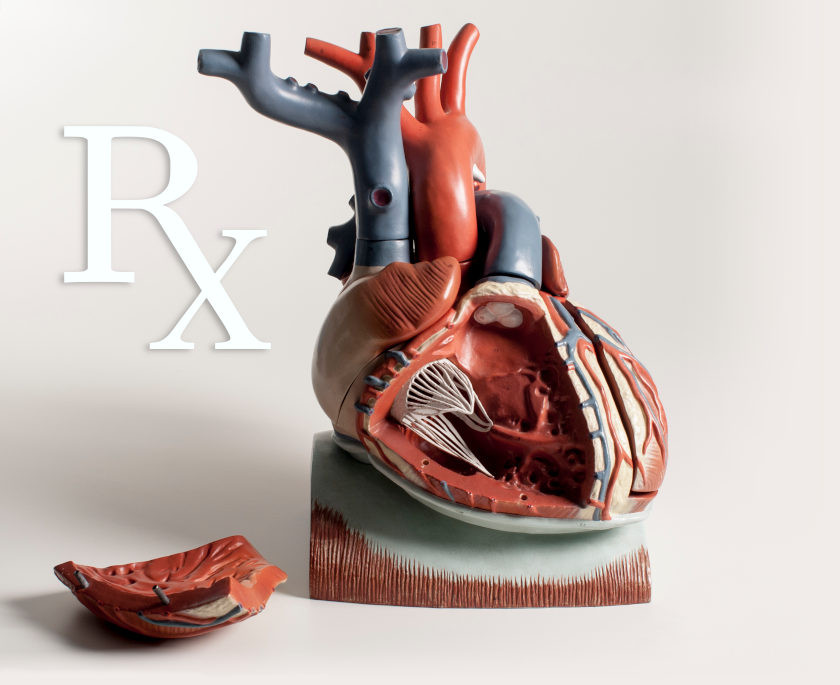Vasoconstrictor Drugs
Therapeutic Use and Rationale
As the name implies, vasoconstrictor drugs contract the smooth muscle in blood vessels, which causes the vessels to constrict. Constriction of arterial (resistance) vessels increases systemic vascular resistance, which leads to an increase in arterial blood pressure because mean arterial pressure is determined by the product of systemic vascular resistance and cardiac output. Constriction of venous (capacitance) vessels increases venous blood pressure and increases cardiac preload and cardiac output by the Frank-Starling mechanism, which increases arterial pressure. Because vasoconstrictor drugs increase arterial pressure, they comprise a functional group of drugs known as pressor drugs.
Hypotension, which is a systolic pressure of less than 90 mmHg or a diastolic pressure less than 60 mmHg, needs to be aggressively treated because blood flow to critical organs, particularly the brain, heart and kidneys may become compromised to an extent that organ failure and death occur. Although vasoconstrictors can elevate arterial pressure, there is a drawback to their use. Unless cardiac output is increased at the same time as systemic vascular resistance is increased, blood flow to some organs may actually decrease. This is because if the vascular resistance of an organ increases, for example, by 30% and mean arterial pressure increases by 30%, the organ's blood flow will not change. If resistance is increased in some organs by 50%, and in others by only 10%, yet the arterial pressure is increased by 30%, blood flow will be increased to those organs that had the smaller increase in resistance because arterial pressure increased more than their resistance. This is precisely how pressor drugs can have a benefit in treating hypotension. Although blood flow may be reduced in some organs (e.g., to the splanchnic and muscle circulations), blood flow to critical organs (e.g., brain, heart, and kidneys) may actually increase. Part of this benefit may be lost if systemic vascular resistance is increased too much with a pressor drug, especially if the hypotension is caused by cardiogenic shock because the increase in ventricular afterload will reduce cardiac output. For a greater understanding of the hemodynamics associated with regional vasoconstriction, the reader is encouraged to read about the significance of the parallel arrangement of vascular beds in the body.
Drug Classes, General Mechanisms of Action, and Contraindications
There are two general functional classes of vasoconstrictors based on their mechanism of action. The first class is sympathomimetic drugs that have alpha-adrenoceptor agonist (alpha-agonist) properties. Although many sympathomimetics possess other mechanisms that contribute to their pressor effects (e.g., beta-adrenoceptor agonist activity), a common property of several of these drugs is that they bind to alpha-adrenoceptors on vascular smooth muscle, promoting smooth muscle contraction. Non-sympathomimetics represent a second class of vasoconstrictor drugs. These drugs produce vascular smooth muscle contraction by binding to non-adrenergic receptors. For example, vasopressin is a powerful vasoconstrictor that binds to non-adrenergic receptors.
Although vasoconstrictor drugs can effectively increase arterial pressure, their vasoconstrictor actions may adversely affect some patients. For example, alpha-agonists produce systemic vasoconstriction, which increases the work and oxygen requirements of the heart. If the coronary circulation is impaired, as in patients with coronary artery disease, the resulting decrease in myocardial oxygen supply/demand ratio can precipitate angina. Likewise, vasopressin can produce a powerful vasoconstrictor response, and therefore should be administered cautiously to patients with coronary artery disease because it constricts coronary arteries (reducing oxygen delivery) while simultaneously increasing myocardial oxygen demand by increasing arterial pressure.
Click on the drug classes for more details:
Revised 11/30/2023

 Cardiovascular Physiology Concepts, 3rd edition textbook, Published by Wolters Kluwer (2021)
Cardiovascular Physiology Concepts, 3rd edition textbook, Published by Wolters Kluwer (2021) Normal and Abnormal Blood Pressure, published by Richard E. Klabunde (2013)
Normal and Abnormal Blood Pressure, published by Richard E. Klabunde (2013)